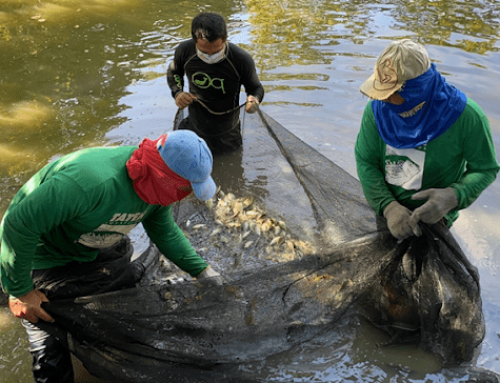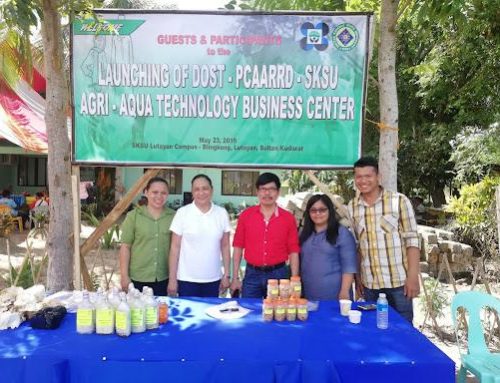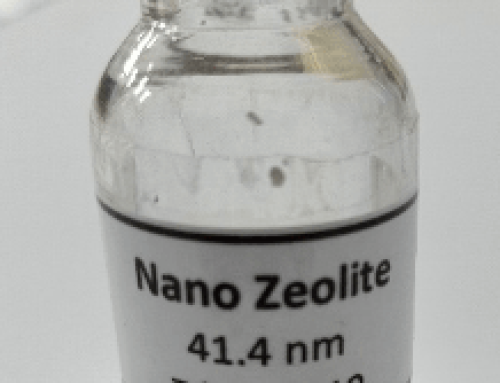In this Article
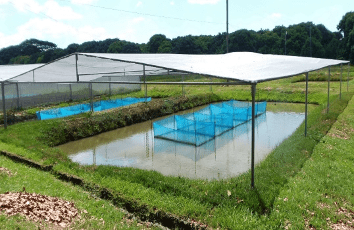
Hot temperatures, particularly during El Nino episodes can lower fry production in hatcheries by reducing the frequency of spawning and egg production. To ensure year-round fry production, the program designed an aquashade to mitigate the effect of warm temperatures.
The aquashade made from collapsible metal frames and greenhouse net which can block sunlight penetration by 40% can reduce water temperature in the pond by 3-40C at the hottest time of the day. Fry production in top shaded breeding ponds was found to be sevenfold higher than in uncovered ponds during summer.The investment used in the installation of the aquashade can be recovered for as early as 1.5 years.
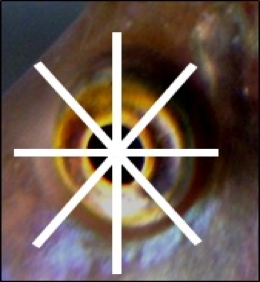
Stress in breeders can also lead to low seed production. A technique using eye color pattern (ECP) during isolation has been developed to determine stress response in tilapia breeders. Eye color is quantified based on the darkened area of both iris and sclera. The circular area of the eye was divided into eight equal parts using four imaginary lines. The ECP value ranged from zero (no darkening) to eight (total darkening). Low-Stress-Responsive (LSR) breeders had a mean ECP of 0-2 while High-Stress-Responsive (HSR) breeders had a mean ECP of 6-8.

Probiotic products prepared from fermented farm wastes and sprayed in formulated feeds was shown to improve the growth, survival and immune system of tilapia. Probiotics from fermented extracts of red creole onion bulb wastes, banana peelings and mustard sprayed in commercial diet, inhibit the growth of common bacterial pathogens such as E. coli, Staphylococcus aureus and Aeromonas hydrophila,


